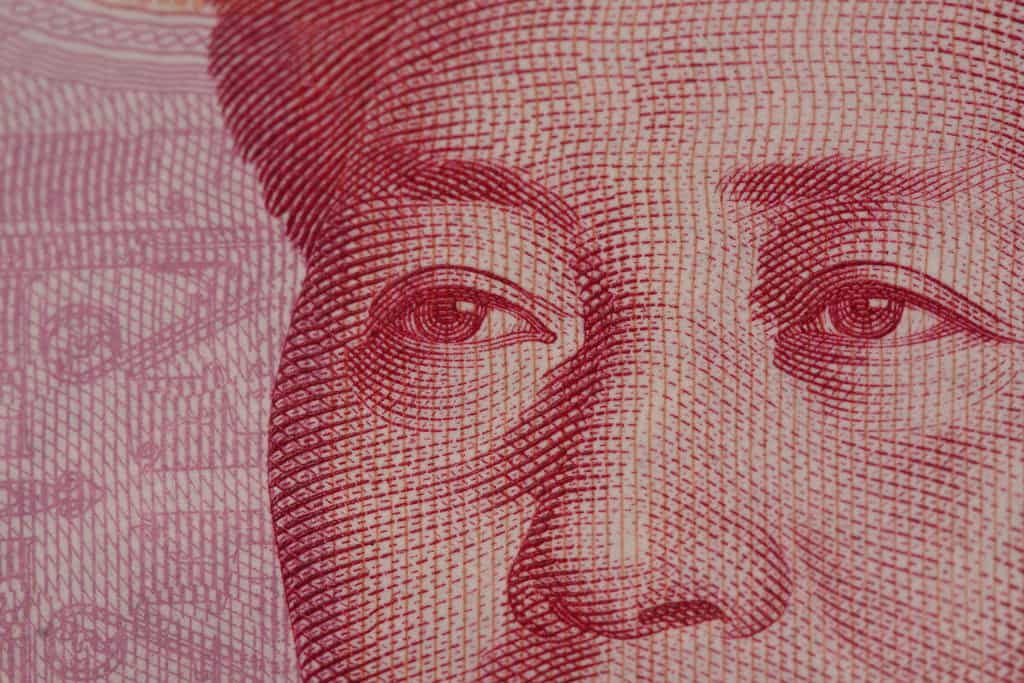Li Huiyong (李慧勇), chief macro-economist of Shenwan Hongyuan Securities, says that the Trump administration’s recently approved corporate tax cuts could have broad-ranging impacts upon the Chinese economy.
US President Donald Trump’s recently approved tax plan will see the corporate tax rate reduced to 20% from 35%, as well as reductions in income tax rates, doubling of the standard deduction and the elimination of personal exemptions.
The approval of Trumps’ tax plan by the US Senate has driven Wall Street stocks to record highs, with investors expecting the cuts to encourage US corporations to repatriate hundreds of billions of dollars in profits sequestered overseas.
According to Li Hongyuan, this repatriation of overseas profits could create capital outflow pressure for China, especially in the sphere of high-end manufacturing and the energy sector.
Li sees the tax cuts and attendant intensification of capital outflows as putting greater depreciation pressure on the Chinese yuan, with strengthening of the dollar and an alleviation of concern over Fed interest rate hikes.
Shenwan Hongyuan forecasts that the yuan-dollar rate will move between a range of 6.5 and 6.9 next year, with the Renminbi depreciation trend that kicked off in 2015 coming to an end and the exchange rate entering more volatile territory.
Prior to the end of the year Shenwan expects the Renminbi exchange rate, funds outstanding for foreign exchange and foreign reserves to come under increasing pressure, while over the next six months the US dollar is very likely to rid due to the support provided by the tax cuts.
Li Huiyong also warns that the Trump tax cuts could kick off a new round of international competition when it comes to taxation reform, involving both advanced and emerging economies.
According to Li different countries will adopt tax reduction measures in response to the US tax cuts, with China very likely to unveil preferential tax policies in the near-term.


